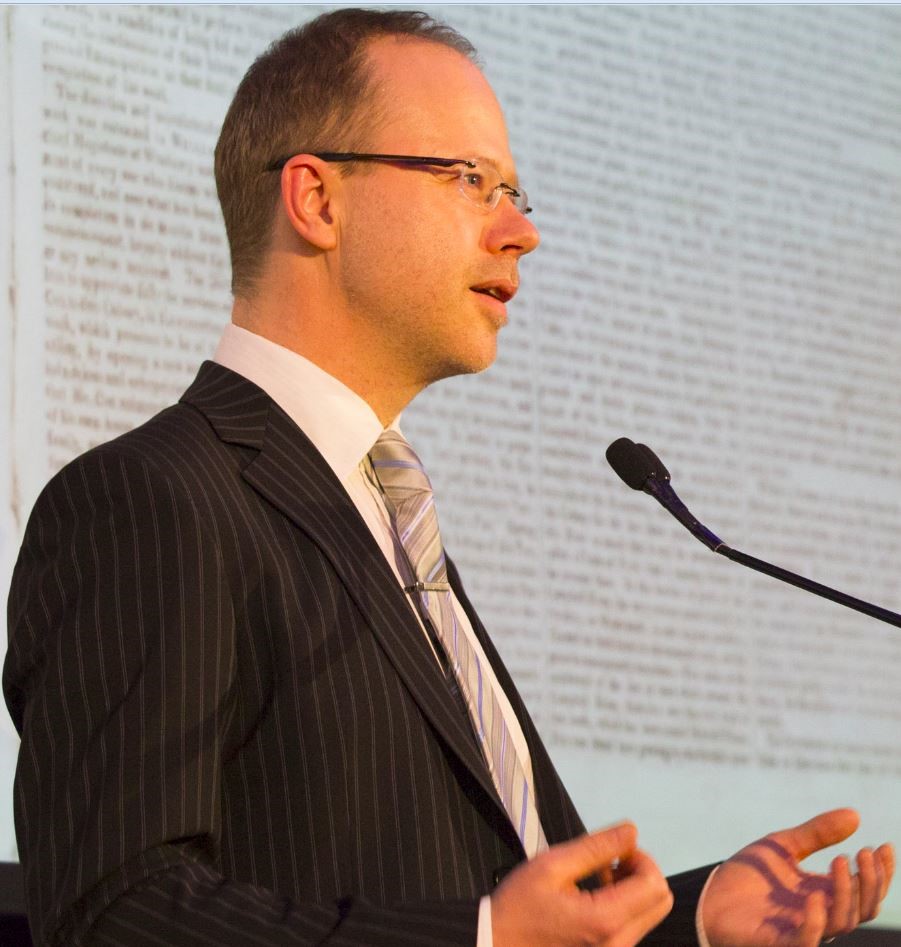The traditional crafts of quilting, embroidering and weaving may appear to be a world away from the high tech fields of computer networking, digital interface design, and database development. However, the old and new are increasingly being linked through metaphors that reveal a great deal about changing attitudes to digital technologies as they become more established and widely accessible. For historians, entering the digital world involves abandoning the materiality that has been at the heart of the print culture. Digitised books, letters, photographs, pamphlets, documents—objects that in print form could be touched and handled—lose their physicality and one could say, lose their bearings in cyberspace. The leap into digital space is still, for many, an alien and threatening move because of the lack of boundaries, the infinity of possibilities and the vastness of that space. And when you find what you are looking for there, you cannot handle it as you can a book or other printed text or object. So it is both ironic and understandable that the language of the digital world is reclaiming that lost materiality by linking itself with the age-old and homely activities of weaving, patching and threading. Today’s communication networks are structured around “patchwork” designs, software glitches are fixed with “patches,” computer processors are being described as “multi-threaded,” and over the past decade other “material metaphors” have been embraced as a means of conceptualising and giving form to our new world of amorphous digital texts. In particular, the quilt motif has been used in a variety of ways, including as a means of visualising interaction and information flows and as a template for digital interface design.
This paper investigates the connections between quilting and new digital technologies and it argues that ‘material metaphors’ including the patchwork quilt are playing an increasingly important role in helping to conceptualise and manage the new digital textuality. The paper presents a wide ranging discussion of the connections between material metaphors, evolving digital media formats and online communication. The first section deals with data networks, online communities and media art. The second section focuses on digital writing forms, digital history and, in particular, on digital biography. Over at least the past two decades, writers, readers and teachers of history have aimed at a new plurality in portraying the past. This has come about from a recognition that not only can individual events be seen in very different ways depending on perspective, but that historical events need to be framed differently when considered from an individual rather than a collective (for example, national) point of view. History was once burdened by stories with neat beginnings and endings, summarising the heroic exploits of significant public figures. Today’s approach to recording history is more flexible and accommodating of different perspectives and themes. Interactive digital media provides a practical way of facilitating that flexibility because its formats allow the multiples lines of an historical story to be given equal consideration and equal weight. In fact, the digital revolution has accelerated the plurality and relativity that are characteristics of history as it is widely understood in the 21st century. Material metaphors offer a language and framework for discussing the complex shapes and structures of these digital texts.
[extract]
Arthur, Paul Longley. “Digital Fabric, Narrative Threads: Patchwork Designs on History,” in “Quiltworks”, ed. Lisa Graley, special issue, Interdisciplinary Humanities 25, no. 2 (2008): 106–20.






